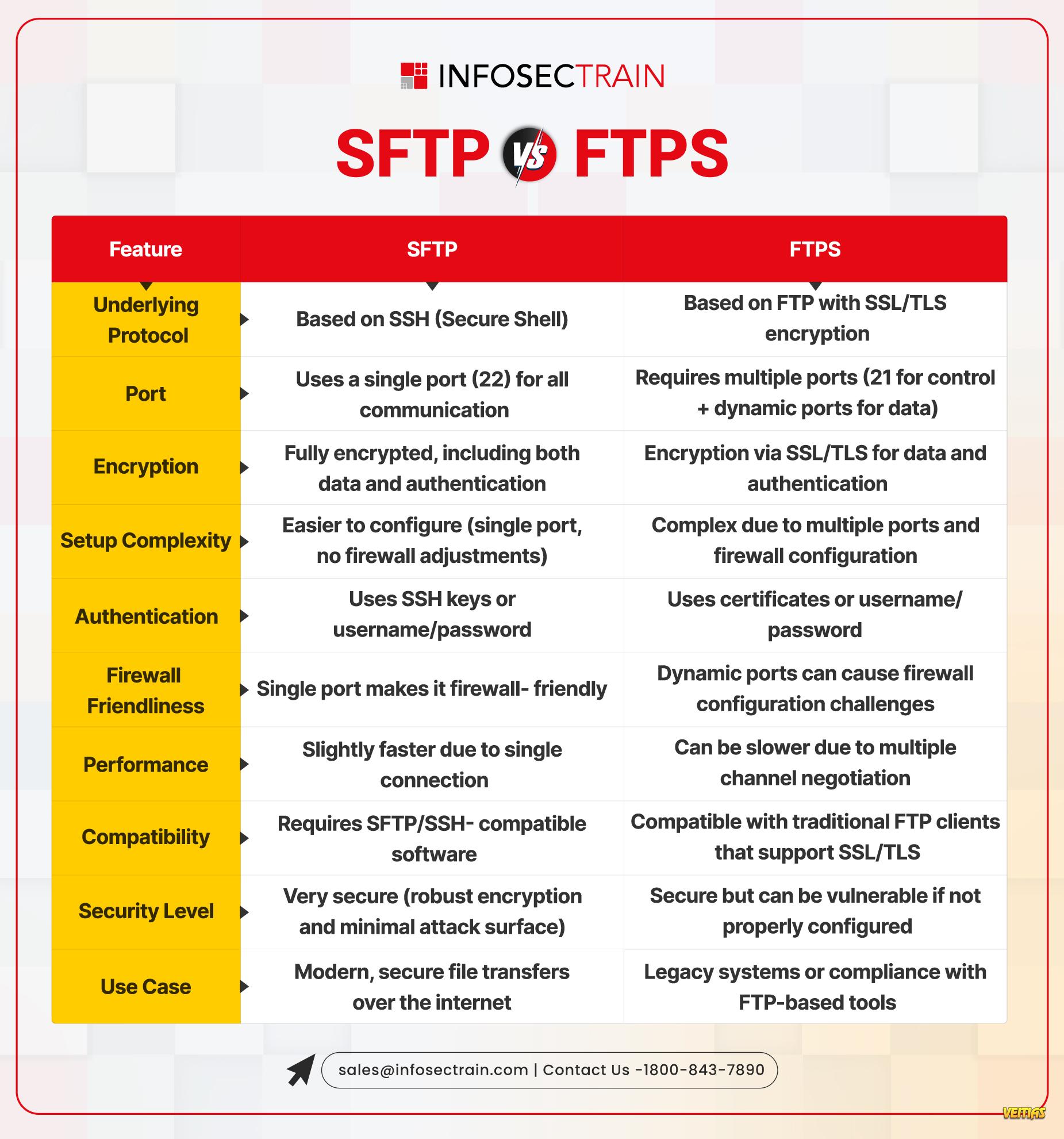Network security heavily depends on the proper configuration of secure and insecure ports. Insecure ports are those that lack encryption or authentication, making them vulnerable to cyber threats such as unauthorized access, data breaches, and malware attacks. Common insecure ports include FTP (Port 21), Telnet (Port 23), and HTTP (Port 80), which transmit data in plain text, exposing sensitive information to potential attackers. On the other hand, secure ports use encryption and authentication mechanisms to protect data transmission. Examples include HTTPS (Port 443), SSH (Port 22), and FTPS (Port 990), which ensure secure communication over networks. Organizations must implement firewalls, port filtering, and regular security audits to safeguard their infrastructure from cyber threats. By understanding the difference between insecure and secure ports, businesses can enhance their network security and prevent unauthorized access to critical systems.
Network security heavily depends on the proper configuration of secure and insecure ports. Insecure ports are those that lack encryption or authentication, making them vulnerable to cyber threats such as unauthorized access, data breaches, and malware attacks. Common insecure ports include FTP (Port 21), Telnet (Port 23), and HTTP (Port 80), which transmit data in plain text, exposing sensitive information to potential attackers. On the other hand, secure ports use encryption and authentication mechanisms to protect data transmission. Examples include HTTPS (Port 443), SSH (Port 22), and FTPS (Port 990), which ensure secure communication over networks. Organizations must implement firewalls, port filtering, and regular security audits to safeguard their infrastructure from cyber threats. By understanding the difference between insecure and secure ports, businesses can enhance their network security and prevent unauthorized access to critical systems.
0 Commentaires
0 Parts
8168 Vue
0 Aperçu







